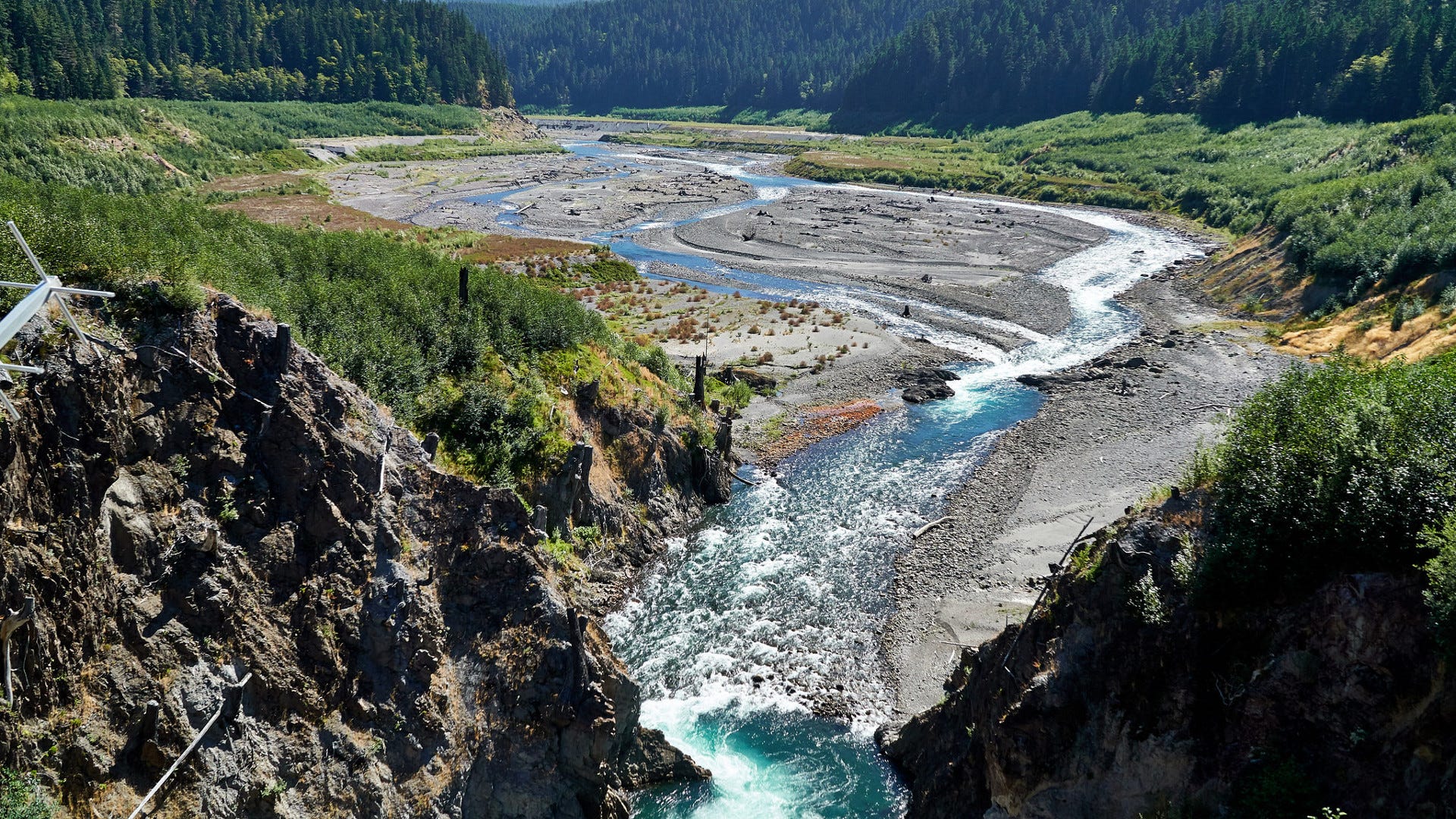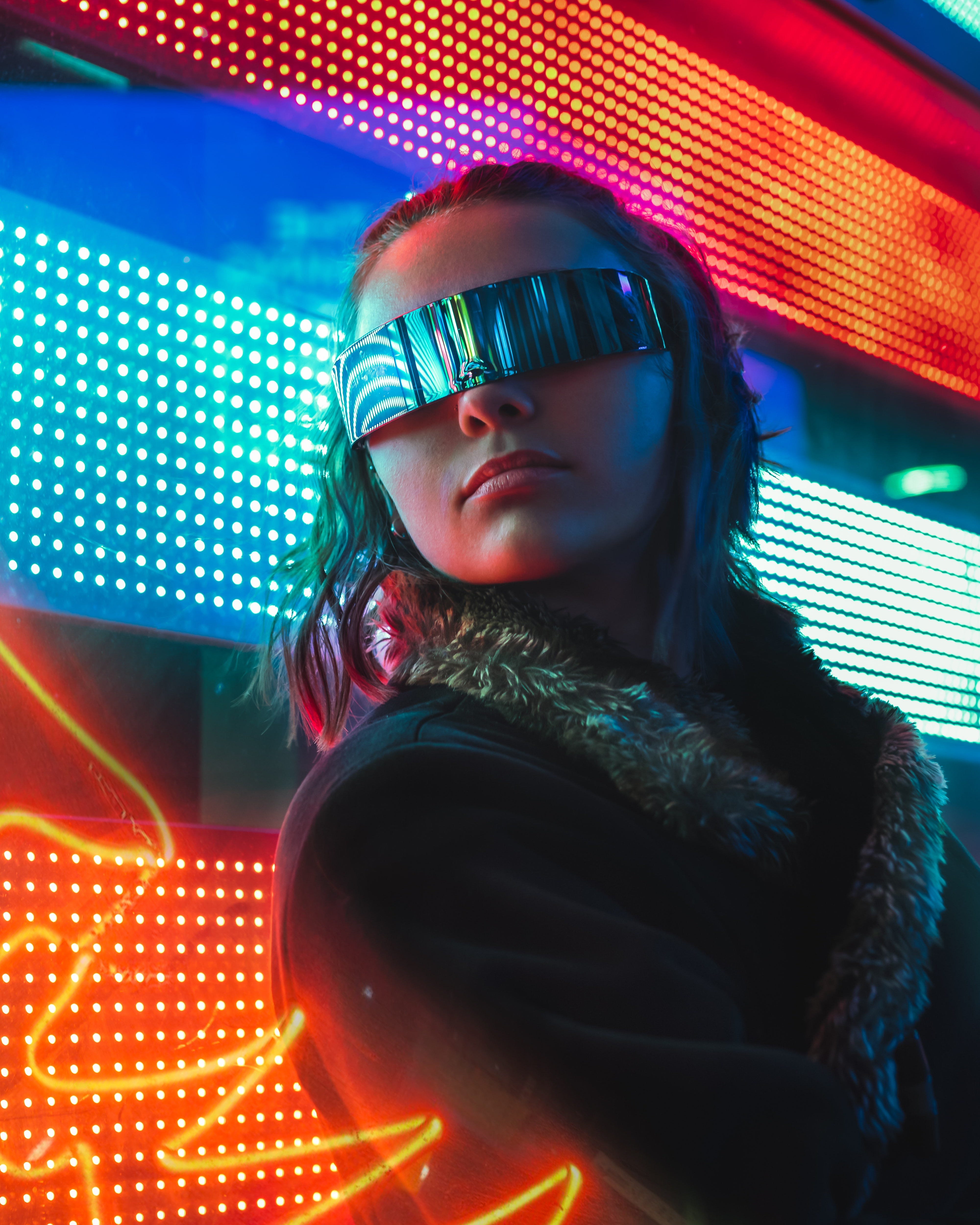An imagined day in the life of a human somewhere on Earth in the year 2121.
Author: David de Caires Watson

The Ecomodernism movement is growing in popularity worldwide, but what does an Ecomodern future look like? The following is an imagined day in the life of a human somewhere on Earth in the year 2121, if were to implement the ideas of Ecomodernism.
I woke to the low hum of a passing electric car. 6am. An early start, but I have a busy day ahead of me. In the half-dark I fumble for my ear implant and smartglasses. Hooked in, my personal AI reads me today’s calendar events.
The rest of the family are still sleeping, so I slip downstairs to make myself breakfast. Summer is finally over, I think to myself, noticing the chill air. I turn on the heating, eating a piece of toast topped with vegan-friendly, lab-grown ham and put my feet against the radiator as it warms. Our neighbourhood was finally connected to the district heating system last year. It uses clean heat generated a mile away at my local microreactor, called the Atomworks.

The Atomworks is not just a nuclear plant — it’s integrated with renewables, and excess heat and power is used to grow food in greenhouses. Throughout spring and summer they sell the juiciest tomatoes at the gate. We took our daughter on a tour there last summer. She couldn’t get enough of how all that warmth comes from just a few crates of rock dug out the ground and magicked into fuel. Next year they start work on a vertical farm as part of the national plan to free up more land for tree-planting.

Within half an hour, I’m out the door and walking towards the train station. 7.05am to Capital City. Me and the rest of the early birds. There’s just enough time for a stop at the café. The staff always look happy, here, I think. Thanks to basic income, these days you can make pretty good money as a barista.
I can’t linger long and soon I’m into the station. I use my chip-implanted Bitcoin wallet to pay at the barriers and head up the escalator to my platform.

From Capital City, I catch my connection to the hyperloop. Travelling at 760 mph, it will take me from one side of the country to the other in an hour. All that with almost no carbon emissions. With our nuclear-renewable grid, using electricity doesn’t feel dirty like it used to.
It benefits nature, too. The hyperloop system really started to roll back urban sprawl from the 2070s by enabling rapid travel between dense city hubs.

I disembark the hyperloop in a different world. Gaia National Park is one of the largest and most important nature reserves in the world. The park was created entirely from land freed up by vertical farming, gene editing, tank-grown cereals and many other biotechnologies of the late 21st century.
The Gaia park region connected its latest molten salt reactor just a few months back. The electricity it supplies allows me and my colleagues in Gaia Restoration to bring down the last hydroelectric dam in the park.
Centuries of human industrialisation left most river headwaters cut off from the sea by multiple dams, weirs and other obstructions. Our work here to remove the dam will allow the recovery of many iconic fish species.
Rivers run like veins through our landscapes. They bring mineral-rich sediments from mountain to sea. When logs, gravel and other debris are released from behind dams they restore near-shore habitats. Removing dams also allows migrating fish like salmon to reach the headwaters that provide the best spawning sites. As they spawn and then die, the salmon bring vital nitrogen to the relatively sterile headwater ecosystems. Restoring river health is also good for local indigenous groups that have traditionally relied on rivers for fishing and other cultural practices.
A couple of weeks back, we installed a new kind of AI-driven heavy machinery running off synthetic ammonia — it’s the cheapest fuel around now that they’ve perfected the production of hydrogen feedstock using advanced nuclear reactors.
The AI worked autonomously to bring down the dam and today we set off a second machine to gather the demolition waste —we’ll use plasma arc recycling to give 99% of it a second life.


We finish up in time to catch the 5pm hyperloop back to Capital City. My partner and some friends meet me at the station (mother is looking after the kids). I feel old as we walk the streets among young cyberpunks and post-moderns.


We take scooter taxis to the SENSE exhibition and we’re given a red pill at the door — a drug designed to induce the 30 minutes of chromesthesia (colour-sound synesthesia) needed to fully appreciate the work. Don’t ask me to describe what it was like.


Later we head to a cocktail bar serving synthetic alcohol — no liver damage, no hangovers and there’s an antidote to sober up for the trip home. It’s hard to believe the poisonous stuff our grandparents used to drink.

